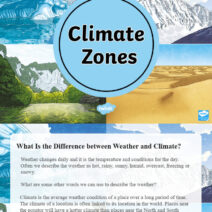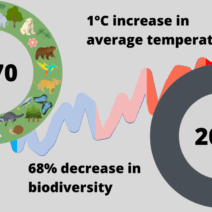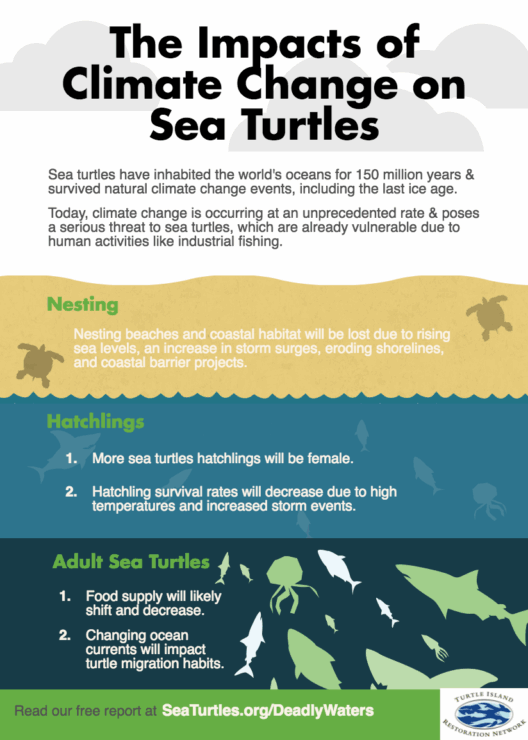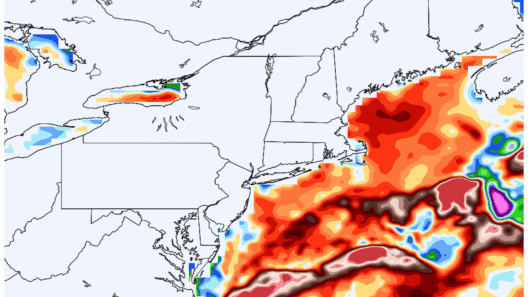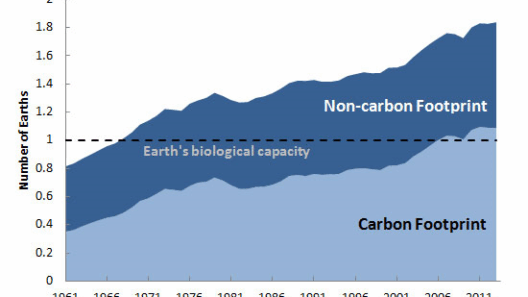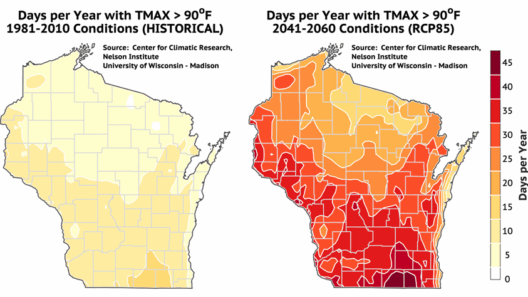Alaska, the largest state in the United States, is often synonymous with extreme cold and isolation. This vast land, with its rugged terrain and breathtaking landscapes, possesses an intricate climate influenced by a multitude of factors. The average climate in Alaska is not merely a cold, relentless experience but a complex interplay of elements that engender both fascination and profound ecological significance.
At first glance, Alaska’s climate can be characterized by its chill. The state’s northern latitude places it in a subarctic climate category, where winters are long, dark, and frostbitingly frigid. Coastal regions experience milder temperatures due to maritime influences, while the interior, characterized by a continental climate, endures harsher winters. The temperature fluctuations across the state are stark; for instance, in Fairbanks, winter months can plummet to a staggering minus 40 degrees Fahrenheit, while summer temperatures can soar above 80 degrees Fahrenheit.
However, beyond the immediate cold, Alaska’s climate is remarkably diverse. There are five primary climate zones throughout the state: maritime, subarctic, tundra, polar, and boreal forests. Each zone contributes to the emotional and physical landscape that defines Alaska, making it a uniquely compelling area of study.
The maritime climate along the southern coast, particularly in areas like Anchorage, is tempered by the Pacific Ocean. Here, despite the long winters, the temperatures are milder than in the interior due to the warm North Pacific Current. This climate zone experiences considerable precipitation, resulting in lush, green summers that starkly contrast the icy winters. It is neither extreme nor stable, creating a captivating ripple effect in the local ecosystem, where salmon thrive in cool waters and diverse wildlife flourishes.
In stark contrast, the interior of Alaska embodies the subarctic climate. The harsh cold in regions like Fairbanks is mitigated only by sporadic sunny days, which can be deceptive. The uncompromising chill leads to a distinctive phenomenon known as temperature inversion, where warmer air envelops the colder surface, trapping pollutants and causing a build-up of fog and haze in the atmosphere. Those who inhabit this region develop a resilience, adapting not just psychologically but also in practical terms—focusing on insulation and weatherproofing in ways that may seem alien to those in milder climates.
Moving further north, we enter the tundra, a unique ecological zone characterized by permafrost, which is permanently frozen ground. This atmosphere foster a fragile environment where the seasonal cycle of thawing and freezing dramatically impacts the local flora and fauna. During the short summer, the tundra blooms with an astonishing array of wildflowers, creating a fleeting beauty that belies the harshness of the winters. The intricacy of life in this region exemplifies nature’s resilience, as animals such as caribou and arctic foxes adapt to brutally cold temperatures while thriving in a harsh setting.
But what lies beneath these climate descriptions is a more profound interest: how climate influences culture and historical narratives. Indigenous peoples, such as the Inupiat and the Yupik, have long storied connections with the land, shaped by ancient patterns of migration, subsistence hunting, and deep spiritual respect for their environment. Their traditional ecological knowledge offers invaluable perspectives on sustainability and adaptation, critical in a time of rapidly changing climates.
Nowhere is the climate’s complexity more pronounced than when examining the impacts of climate change on Alaska. As average global temperatures rise, Alaska is experiencing changes more acutely than many other regions. Glaciers are retreating, sea ice is disappearing, and permafrost is thawing. The implications of these transformations extend far beyond the environment; they affect transportation routes, wildlife migrations, and local communities’ very ways of life. The melting permafrost, for instance, has increasingly destabilized infrastructure, leading to urgent calls for adaptive measures that blend modern engineering with traditional wisdom.
Yet, the intrigue does not only lie in the challenges. Alaska stands as a beacon of resilience and hope. The merging of science, innovation, and traditional knowledge is paving the way for strategies to combat climate change effectively. Local governments are increasingly aware of the need for sustainable practices that align with Indigenous rights and ecological preservation. These nuanced approaches foster a deeper understanding of how a community can simultaneously honor its heritage and adapt to modern scientific advances.
Furthermore, the allure of witnessing the northern lights, or auroras, draws thousands to Alaska each year—preserved in folklore, art, and spiritual belief. This natural phenomenon, while enchanting, is an outward manifestation of solar activity interacting with the Earth’s magnetic fields, reminding us of the interconnectedness between cosmic events and terrestrial experiences.
Thus, the average climate in Alaska encapsulates far more than just cold, calm, and complicated tones. Its extremes forge cultural identities, shape ecosystems, and invoke a profound respect for nature. By exploring the dynamics present in this unique climate, we uncover the broader narrative of how a complex web of elements interacts, urging us to pay careful attention to our relationship with the planet. The fascination with Alaska is a gateway to understanding the intricate relationships between climate, culture, and resilience—a story that, as it unfolds, can teach us critical lessons about sustainability and conservation for future generations.

